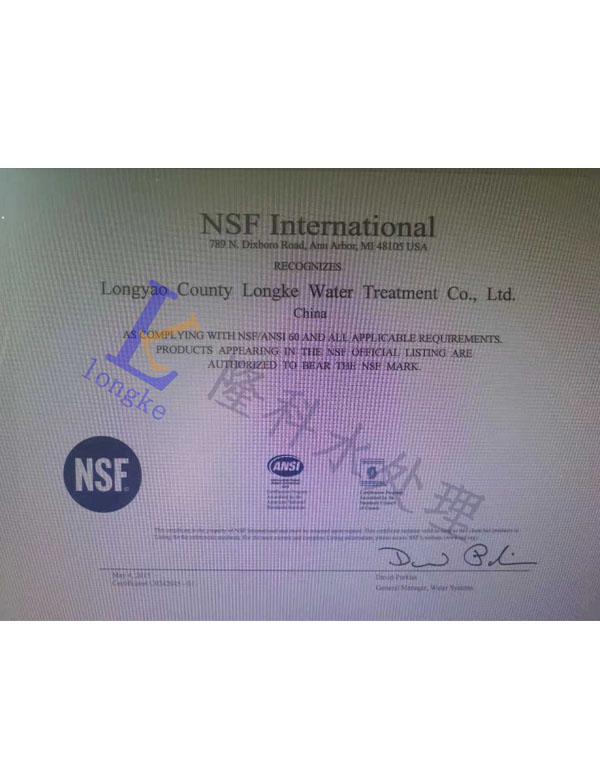Understanding the Role of Coagulants and Flocculants in Effective Water Treatment Processes
Coagulants and Flocculants in Water Treatment
Water treatment is a crucial process that ensures the availability of safe drinking water and the protection of our environment. Among the various methods and chemicals used in water treatment, coagulants and flocculants play a vital role in purifying water by removing suspended particles, colloids, and contaminants. Understanding their functions, types, and application can greatly enhance the efficiency of water treatment processes.
What are Coagulants and Flocculants?
Coagulants are substances added to water to promote the aggregation of particles. When introduced to water, coagulants neutralize the negative charges that stabilize particles and prevent them from clumping together. This process forms larger aggregates, known as flocs. Flocculants, on the other hand, are polymers that enhance the agglomeration process. After coagulation, flocculants aid in binding the flocs together, further increasing their size, making it easier to remove them from water through sedimentation or filtration.
The Coagulation Process
The coagulation process typically begins with the addition of coagulants to raw water. Commonly used coagulants include aluminum sulfate (alum), ferric chloride, and polyaluminum chloride. These chemicals are effective at reducing turbidity, which is a measure of water cloudiness caused by suspended solids. The process involves rapid mixing to disperse the coagulant evenly throughout the water, followed by a slower mixing phase to allow particles to collide and form flocs.
Flocculation and Sedimentation
After coagulation, the flocculation phase begins. This step involves gentle stirring to encourage the formation of larger flocs by allowing smaller flocs to collide and stick together. Flocculants, such as polyacrylamides, are often introduced during this stage to enhance floc formation. The larger flocs created during flocculation can easily settle out of the water during sedimentation, the next step in the treatment process.
coagulants and flocculants in water treatment

Sedimentation allows for the removal of these larger flocs, significantly clarifying the water and reducing contaminants. This process is vital for producing water that meets health and safety standards.
Importance of Coagulants and Flocculants
The use of coagulants and flocculants is essential in various water treatment applications, including municipal drinking water treatment, wastewater treatment, and industrial water processes. Their effectiveness in removing suspended solids, organic matter, and pathogens helps ensure that the treated water is safe for consumption and environmentally friendly.
Moreover, the use of these chemicals is critical in reducing the burden on further treatment processes, such as filtration and disinfection. By effectively removing particulates early on, coagulants and flocculants can enhance overall treatment efficiency and reduce chemical usage in subsequent processes.
Environmental Considerations
While coagulants and flocculants are beneficial in water treatment, environmental considerations cannot be overlooked. The selection of coagulants affects sludge production, with some coagulants generating more sludge than others, which requires proper management and disposal. Furthermore, the potential toxicity of certain flocculants to aquatic life necessitates that water treatment facilities choose products that minimize environmental impact.
In conclusion, coagulants and flocculants are indispensable components of modern water treatment systems. Their ability to improve water quality through effective particle removal underlines their significance in safeguarding public health and the environment. As water treatment technology continues to evolve, ongoing research into more sustainable and efficient coagulants and flocculants will be crucial in addressing future challenges in water purification.
-
Water Treatment with Flocculant Water TreatmentNewsJun.12,2025
-
Polymaleic AnhydrideNewsJun.12,2025
-
Polyaspartic AcidNewsJun.12,2025
-
Enhance Industrial Processes with IsothiazolinonesNewsJun.12,2025
-
Enhance Industrial Processes with PBTCA SolutionsNewsJun.12,2025
-
Dodecyldimethylbenzylammonium Chloride SolutionsNewsJun.12,2025





